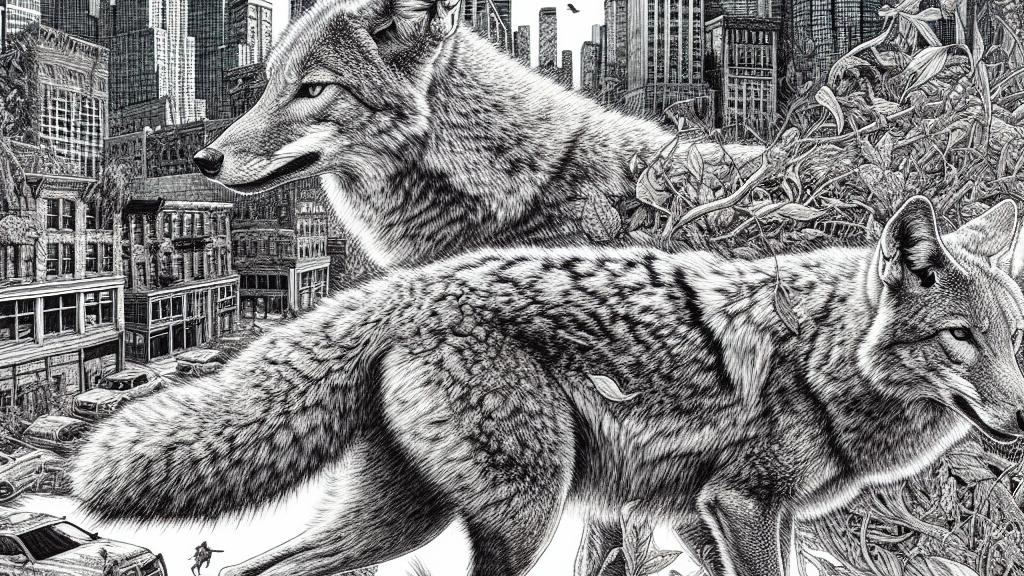Understanding Coyote Population Resilience in Changing Environments
Overview
- Coyotes exhibit remarkable adaptability, thriving even amid significant human pressures.
- Paradoxically, hunting can lead to increased coyote populations in certain regions.
- Regional habitat differences profoundly shape population dynamics and ecological interactions.

Resilience Against Human Pressures
Recent research has unveiled the incredible resilience of coyotes, which are often deemed North America's most adaptable predators. In the face of intense human pressures—like urban development and hunting—these clever animals continue to flourish. For instance, a landmark study conducted by the University of New Hampshire utilized an extensive network of over 4,500 camera traps to uncover some surprising truths. It revealed that, rather than reducing coyote populations, hunting practices often result in growth. In areas where hunting is permitted, coyotes tend to reproduce more successfully, as younger, more reproductive individuals fill the spaces left behind. This unexpected trend underscores not only their adaptability but highlights the complex interplay between human actions and wildlife dynamics.
Interactions with Larger Carnivores
The relationships coyotes maintain with larger carnivores illustrate the intricate dynamics within ecosystems. In various habitats, the influence of larger predators can significantly affect coyote populations. Consider black bears; in forested areas, their presence can limit the number of coyotes, while in more open landscapes, pumas may take on this role. By understanding these relationships, we can better appreciate the idea that promoting the recovery of apex predators may provide a more effective method for managing coyote numbers than direct hunting—a fascinating counter-intuitive approach. This delicate balance of predator and prey conveys a deeper message about the importance of maintaining ecological integrity, as the health of one species has far-reaching consequences for the entire ecosystem.
Habitat Utilization and Urban Dynamics
Coyotes possess an extraordinary capacity to adapt, finding niches in both rural and urban environments. Their success in suburban areas, particularly as urbanization progresses, illustrates their intelligence in navigating human landscapes. A striking example is found in cities, where fragmented habitats—created by roads and buildings—provide unexpected resources for coyotes. Research indicates that in such environments, coyote populations can thrive thanks to access to human food sources, including pet waste and garbage. These findings encourage a rethinking of our relationship with wildlife, emphasizing coexistence rather than elimination. Thus, understanding the nuances of these interactions is crucial for wildlife management strategies, reminding us that fostering an appreciation for coyotes can lead to healthier ecosystems. Ultimately, by embracing the complexities of these dynamic interactions, we can work towards a future where humans and wildlife coexist harmoniously.

Loading...